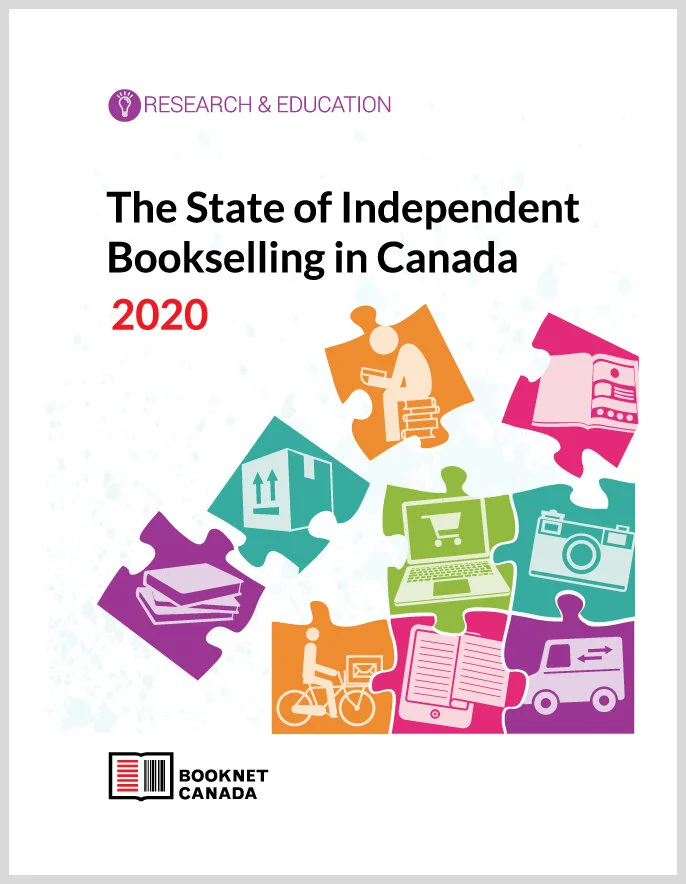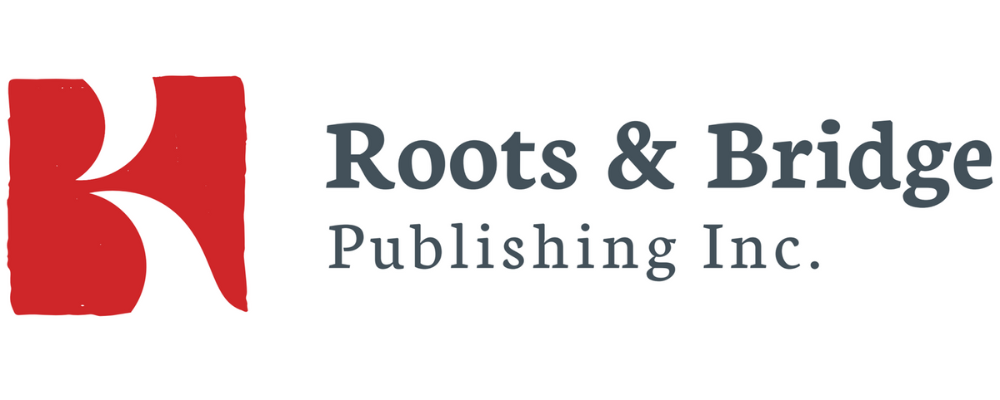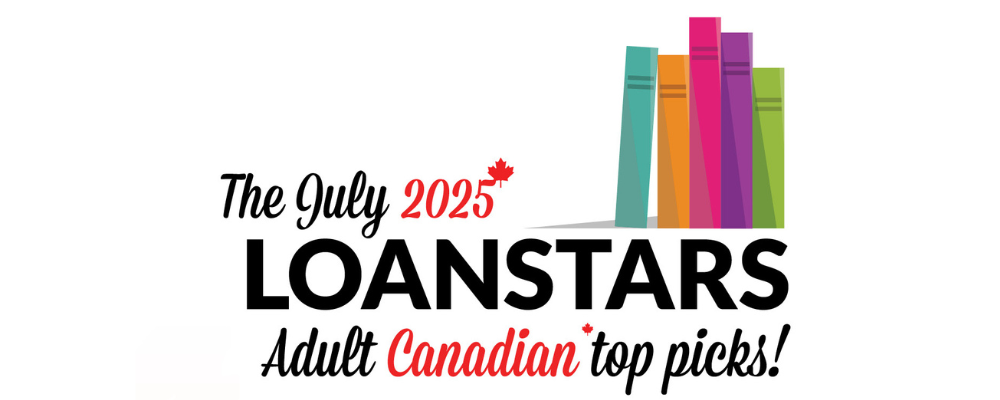The results from our bookselling survey are in. The State of Independent Bookselling in Canada 2020 study gathered data from 55 independent bookstores — large, medium, and small — from across Canada. The insights shared range from expenses and processes, to marketing, revenue, shipping, the pandemic’s impact, and much more.
Below we’ll share some highlights, but you can download the full study — for free — in PDF or EPUB format here.
Expenses, costs, and revenue
The biggest operating expense for our respondents in 2020 was wages and salaries (48%) followed by rent (21%). Supplies/equipment, outsourced services, advertising and marketing, and shipping accounted for only 4% each. Internet and telephone, plus hydro and utilities represented 2% each, leaving events and benefits at 1% each.
In 2020, shipping costs increased for 83% of respondents and supplies and equipment costs increased for 61% of respondents. Rent stayed the same for 50% of respondents. As expected, events and advertising and marketing costs decreased for 67% and 43% of respondents respectively. Wages and salaries also decreased for 48% of respondents.
Now, looking at the revenue, we see that sales in 2020 saw some significant changes compared to 2019, with April 2020 being the month where sales reached their lowest. By August 2020 sales had surpassed 2019 numbers, and in December both years intersect at their yearly peaks with 2020 sales being slightly lower.
Volume sold in the independent market by month, 2019 and 2020
Ecommerce and marketing
Given that for most of 2020 bookstores in multiple regions of Canada had to remain closed, we wanted to find out how the bookstores ecommerce activity changed, what marketing efforts brought better results, and what challenges were most common.
For many booksellers, selling online during the peak of the pandemic was necessary, but for the majority of respondents, selling online wasn’t new. In fact, 74% of respondents reported having had an ecommerce site before 2020. There was, however, a group of respondents who waited until the pandemic hit to started their ecommerce journey (22%).
In terms of marketing, most booksellers agreed that social media was an effective channel. From our survey responses, we learned that 98% of bookstores used social media as part of their marketing strategies, and 81% found it very or somewhat effective. Interestingly, the most used platform was Facebook at 98%, followed by Instagram at 91%, and Twitter at 63%.
Other highlights
A common challenge among booksellers was related to their brick-and-mortar locations, more specifically, lack of space, shipping, absence of parking space, and location.
Online selling, local delivery, active presence on social media, hosting online and hybrid events were some of the strategies put in place during the pandemic that booksellers are very likely to keep post-pandemic.
The two most popular sources for training and education were the Canadian Independent Booksellers Association (CIBA) webinars or other events (50%) and BookManager Academy (44%).
Most bookstores employed more part time staff than full time (57%), 28% employed more full time staff than part time, and 15% employed the same number of full time and part time employees.
The majority of shipments/deliveries to customers used curbside or store-front pickup (38%), followed by Canada Post (27%), and free local delivery (20%).
For 74% of respondents, their online sales increased 26% or more in 2020.
The most common non-book items sold at bookstores are puzzles (87%), calendars, planners, and stationery (86%), and toys and games (79%).
As mentioned earlier, these are just a few highlights, in our study we go over sales by channel — all market vs. indie market — inventory levels, revenue by bookstore size, popularity of backlist vs. frontlist titles, access to COVID’s relief programs. In summary, we’ve got the answers to all the questions you probably have about the health of independent bookstores in Canada. So download your copy of the study in your preferred format — and don’t forget to share the link with your networks!
















We had a chat with Kim Werker, Co-Founder and Publisher of Nine Ten Publications about their recent bestseller.